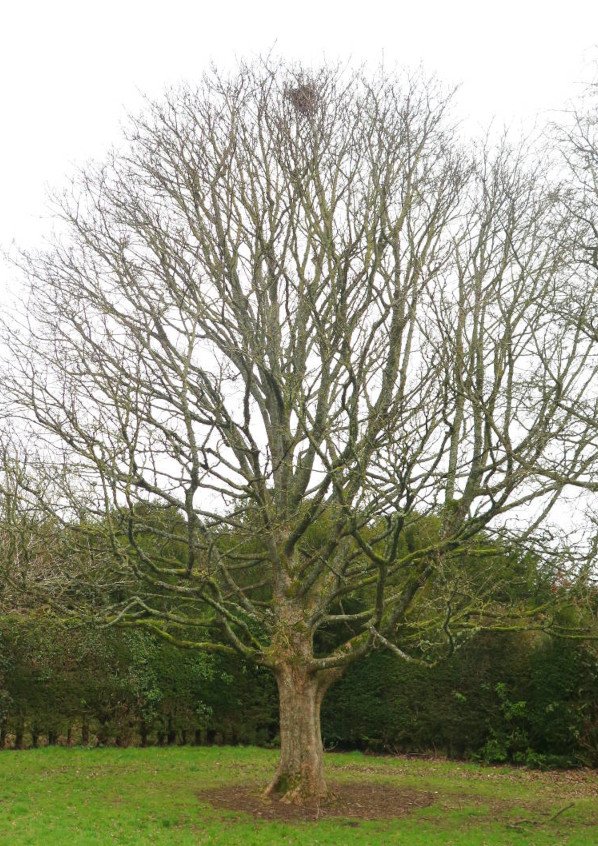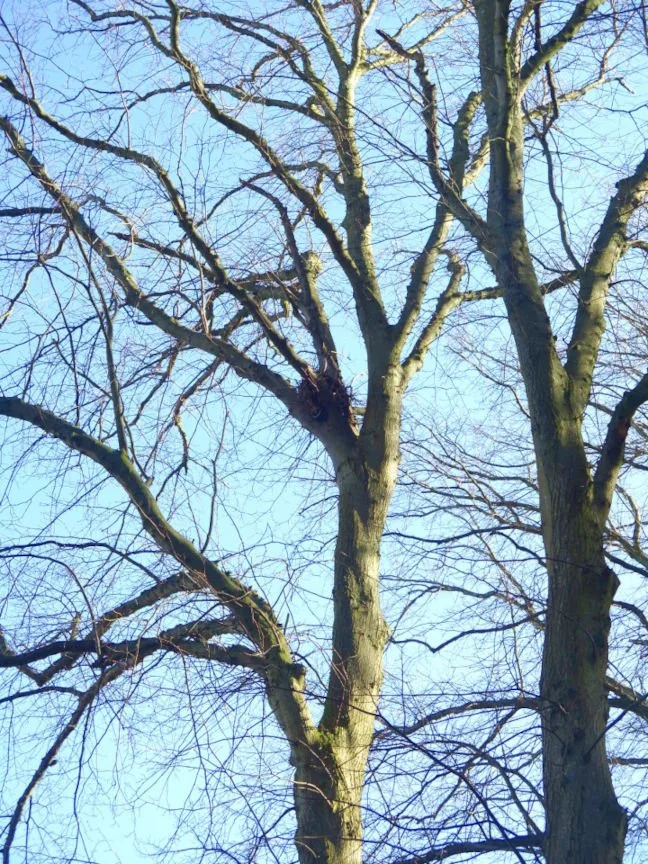Bird, Mammal or Microbe: Nest or Not?
Picture Kevin Macleod, Mr Grand Designs himself, scrutinizing a nest.
He folds his arms and leans back as he audibly exhales, he half squints his eyes and cups one hand under his chin in quiet contemplation, then with a deep intake of breath, he details his take on this animal architecture - “Where once, the humble stick stood for leaf projection, it’s duties on earth are transcended by the beak.”
If you chose to say this, Big Kev, we’d fully agree! The entire process of material selection, design creation and practical application required in the process of nest formation of any animal is fascinating. They are a set of subjects above and beyond this simple blog (something to investigate in depth another time perhaps).
Instead, we’ll narrow our focus to identifying those stick clumps in trees we spot in early Spring, before the leaves block our view. At this time of year, the great majority of nests we see in trees are made by just five different creatures. With a little bit of looking and learning you’ll be able to identify some of the big nests. When you see a nest there are four things to think about: location, material type, size, shape.
Below is a handy guide to the nests you might spot on your next nature walk.
CROW
High in tall trees, sometimes quite far along the branches so the nest sways in the wind.
Crows pair for life and they both help build a new nest every year. They stack up hundreds of thin sticks near the trunk or on a sturdy branch, making a dense, thick platform and then add softer grasses, hair and moss in the centre for extra cosiness. From below they might look like a mess but this is a VERY particular design.
ROOK
Communal nesters high in tall trees. You might hear them first!
A Clamour of Rooks! Rooks are noisy nesters, building their nests beside each other (colonially) near the tops of tall trees. They are fairly easy to spot as you can often hear them before you see them. So it’s true birds of a feather, really do, flock together (ahem… for ‘flock’ read: gather in the tops of trees, where they build nests right next to each other)
MAGPIE
High up in medium trees with a distinctive domed roof made from a loose mass of twigs.
A Mischief of Magpies probably refers to the teams of non-breeding adults hanging-out together – maybe they are a bit annoyed they haven’t managed to secure a place to nest. Magpie pairs who are lucky enough to have found the perfect nesting spot don’t lose any time and create an intricately woven domed nest near the tops of medium trees. They often build their nests in close proximity to people as this protects them from crows. Their specialist bird nests are constructed with a roof which helps protect the eggs and young from predators. Look for a mass of sticks which are taller than wide, in upper tree branches.
SQUIRREL
Near the trunk on larger branches of tall trees. Includes leaves for extra cosiness.
Squirrels scamper and scurry about gathering sticks and leaves to create their nest called a drey. Telling them apart from bird’s nests can be difficult especially as birds sometimes build their nests on abandoned dreys and squirrels sometimes build their dreys on nests! In general squirrels add leaves, birds do not. And dreys tend to be closer the trunk. Not quite water tight but crow proof. Red and Grey squirrel dreys are similar.
MICROBE
Not a nest! Dense mass of mega growth on tree branches found on any branch high or low.
Is witchcraft to blame for these tricksy nest impersonators? Nope, delightfully enough Witches’ Broom is a tree deformity caused by microorganisms - either fungal, viral, bacterial or insect activity. Simply put Witches’ Broom are clumps of extra growth on a tree branch. Found especially on Birch trees in the first photo, but also on other species, such as Horse Chestnut in the following photo.
We’ll finish this Blog with a Smug Crow, who has presumably completed its nest building for the year.








